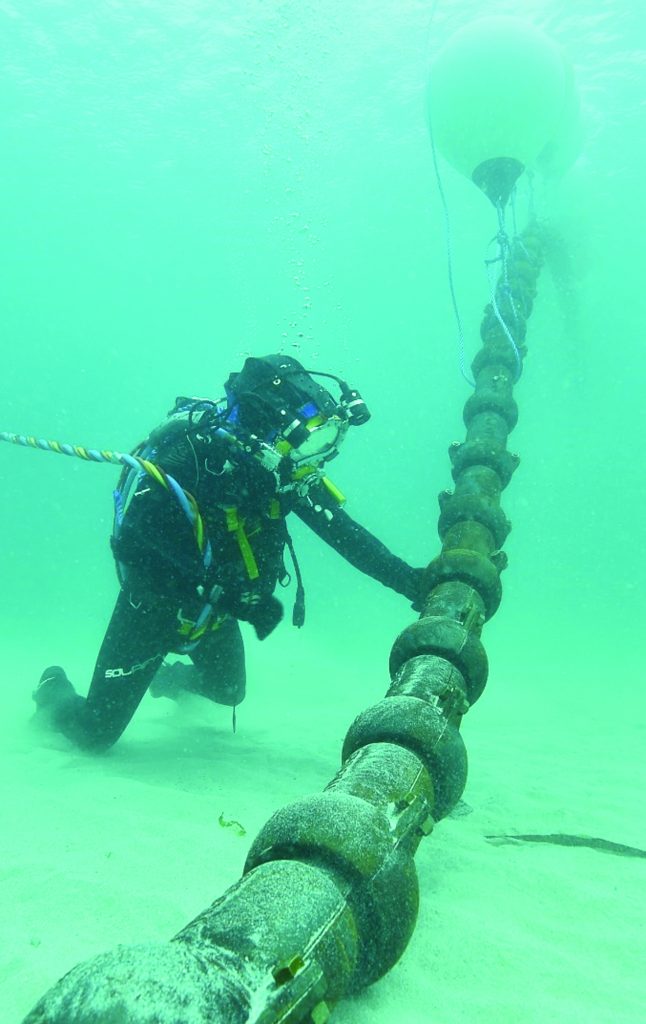Fiber optic wires, servers, and more than 550,000 miles of underwater cables: Here's what the internet actually looks like;
Every second, millions of emails, clicks, and searches happen via the world wide web with such fluidity that the internet seems almost omnipresent. As such, people often mistakenly assume that internet traffic happens by air - our mobile devices, afterallaren't wired to anything.
But satellites carry less than 1% of human interactions, and in some ways the truth is far more impressive than messages sent by tower signalThe internet - arguably the most important resource in the modern world - is very tangible and fairly vulnerable. It exists in large part under our feet, by way of an intricate system of rope-thin underwater and underground cables hooked to giant data storage units so powerful, they're capable of recalling any piece of information at a moment's notice.
Possible Applications of Submarine Cables
Submarine power cables are dedicated to the transportation of the electric power below the surface of the water. Most of the time, they are coupled with optic fibers in order to monitor the cables but also to ensure the communication of the data. Exposed to tough conditions as heat, cold, and saltwater, but as well to external events such as dragging anchors, dropping objects, and fishing, their protection is crucial to their performance. Their design and, most especially, armoring vary according to the seabed conditions and the expected potential issues.
In general, power and telecommunication submarine cables are deployed for the entire lifetime of the project, from the first step to decommissioning. They are of critical importance for the safe transfer of the power generated. The oil and gas industry is one of the first industries deploying undersea cables to connect oil and gas platforms to mainland power grids.
But despite being examples of advanced technology, submarine cables remain vulnerable and relatively easy to damage.
They can get disrupted for a number of reasons that include natural disasters, fishing trawler nets dragging cables along with the catch, or accidents related to subsea installations. Since the damages happen unexpectedly, the availability of repair vessels is often limited and the elimination of the problem may take some time and incur high expenses.
Governments and industrial key players are uniting their expertise and funds to look for reliable submarine cable protection solutions. Many efforts have been made in design and material selection but also laying and maintenance vessels. The sector is in continuous development and in search of reliable innovative solutions.
thank you sir
ReplyDeletethank you for information
ReplyDeletetnx
ReplyDelete